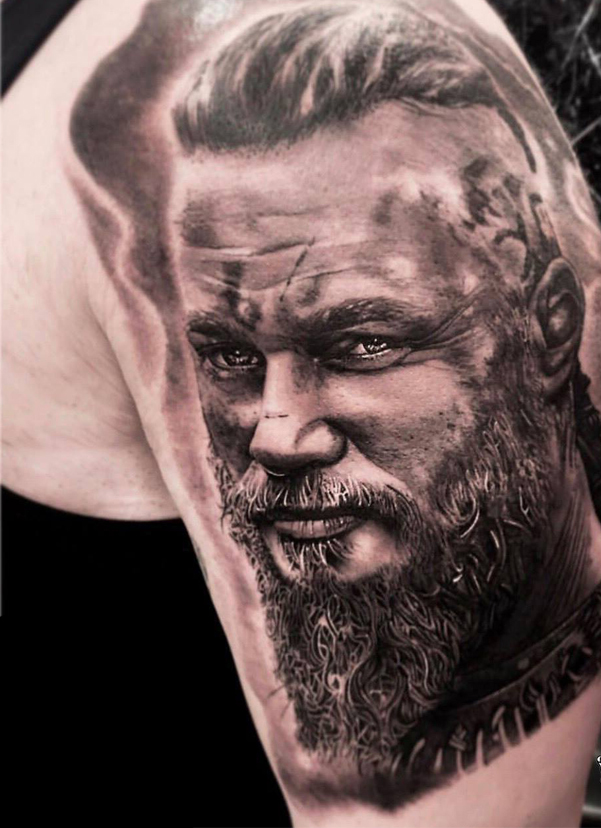
Lorem ipsum dolor sit amet, consecte adipi a ultra. Suspendisse ultrices hendrerit a vitae an sodales dolor.
Hirtenstraße 19, 10178 Berlin, Germany
+49 30 24041420
ouroffice@revolver.com
The CELTIC MOON TATTOO – Art Unit is one of Budapest’s oldest tattoo studios, operating since 1995. Throughout the years we gained vast experience about the needs of our guests and the current tattooing trends. We pay high attention to the mutual communication so that the tattoos are always corresponding to the needs of the guest. We are working with pleasure in any tattoo style, our artists are very versatile. Our works can be checked either here on our website or on our Facebook and the Instagram sites.
WALK IN Monday to Friday/Everyday 11:00h-18:30h
+36-70/513 9300
+36-1/338-4217
The „tattoo” word derives from the Tahitian “tatu” word which shortly means “leave a sign on something. The objective and reason of tattooing is varying according to the different cultures. It always played an important role during the ceremonies and in the traditions.
HISTORY OF TATTOOING
The oldest known tattoo was worn by Ötzi, the man-mummy found in the Alps in the 1990s. His age is estimated to be around 5000 years. His skin was decorated with parallel and cross-like drawings. The point-row-like visible on Egyptian clay figures are from the fourth millennium BC. The female mummy of Thebes showed clear traces of pigments, also from the fourth millennium BC. There are tattoos on the Mesopotamian clay statues of similar age, too. According to Herodotus in the Greek era the Thracians used tattooing for symbolising nobleness. Aetius, doctor from the 6th century, BC, describes the technique of tattooing. According to his description the area assigned for tattooing was first washed with the juice of plants with disinfecting effect then the shape was introduced into the skin with needles “until the appearance of the soldier’s blood”, and finally the ink was rubbed inward thoroughly and for this they used the bark of the Egyptian pine mixed with onion juice, they also used rust, gall and sulphuric acid. The soldiers were tattooed in order to be identify their scouts and to show their ranks. At the Romans the criminals and the slaves were marked with symbols scratched into the skin. Galen, Roman doctor, recorded how he removed the tattoo of a liberated gladiator. There are records from the Roman age about the tattoos of the Assyrians, Agathyrsi and Scots. At the Asian people, at some Chinese and Vietnamese tribes the animal drawings were frequent. In Japan there is a chronicle mentioning the habit of having religious tattoos on the faces in the years of 720. Even earlier the criminals were marked with tattoos on their foreheads. The all-body Japanese colourful tattoo known today appeared in the 1700s since only the royal family could wear colourful clothes, the low-ranks decorated their bodies with colourful tattooing. At the American, African people and in Oceania it was frequent to decorate the body with marks scratched into the skin. At the end of the 1600s the European people discovered again the tattooing thanks to a sailor. William Dampner returned from one of his trips with a tattooed Polynesian man, prince Giolo who was a great sensation in London. Returning from such a journey he also brought a tattooed Polynesian, Omai. Soon the high-rank people decorated themselves with tiny tattoos, in the hidden areas of course. Within a short time tattooing became fashionable and the wide use required more time. At the beginning the tattooing was performed manually. The first tattooing machine was patented in 1891 by Samuel O’Rilley based on the electric pen of Thomas Alva Edison. The tattooing machine of then included a coil, a tube and a needle-holder. These are also parts of the modern tattooing machine. After the patenting of the machine tattooing became available easily for everybody, so the high society abandoned it. At the turn of the century the significance of tattooing decreased, the artists worked mostly in the neglected areas of the cities, since in the majority of the century tattooing was illegal. From the 1950s tattooing is flourishing again. It is sufficient to look around in the streets, at the beaches in summer, almost everybody has a tattoo. By today this art is totally accepted as a form of self-expression, regardless of generation.

Contact us!